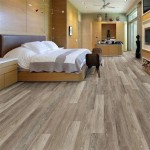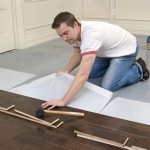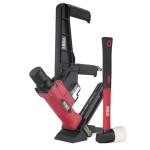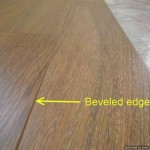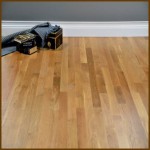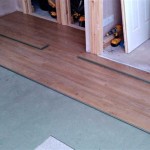Essential Aspects of Lumber Liquidators Bamboo Flooring Installation
Bamboo flooring, renowned for its sustainability and durability, has become increasingly popular in the world of home remodeling. Lumber Liquidators, a leading retailer of flooring materials, offers a wide selection of bamboo flooring options to cater to diverse styles and needs. Installing Lumber Liquidators bamboo flooring requires meticulous planning and execution to ensure a professional-looking and long-lasting result. Here are some essential aspects to consider for a successful installation.
Preparation
Preparing the subfloor is paramount for a stable and secure bamboo flooring installation. The subfloor should be level, dry, and free from any imperfections. If necessary, leveling compounds or underlayment can be used to achieve a smooth and even surface. Additionally, ensure the subfloor is clean of debris and dust to prevent any issues with adhesion.
Acclimation
Before installing bamboo flooring, it is crucial to acclimate the planks to the ambient temperature and humidity of the room where they will be installed. This process typically takes a few days and allows the wood to adjust to its new environment, minimizing the risk of expansion or contraction after installation.
Installation Methods
Lumber Liquidators bamboo flooring can be installed using two primary methods: floating and glue-down. Floating installations involve interlocking the planks without the use of adhesives, while glue-down installations adhere the planks directly to the subfloor. The choice between these methods depends on factors such as the type of subfloor, desired level of moisture resistance, and budget.
Floating Installation
For floating installations, a moisture barrier is typically installed over the subfloor, followed by an underlayment to provide additional cushioning and sound insulation. The bamboo planks are then clicked together, starting from one corner of the room. Ensure to stagger the joints of adjacent rows for added stability.
Glue-Down Installation
Glue-down installations require a suitable adhesive that is compatible with bamboo flooring. The adhesive is applied to the subfloor, and the bamboo planks are pressed into place. This method provides a more permanent and moisture-resistant bond, making it suitable for areas with higher moisture levels or heavy foot traffic.
Finishing Touches
Once the bamboo flooring is installed, it is important to protect it with an appropriate finish. Polyurethane or wax finishes can be used to enhance the durability and appearance of the floor. Apply the finish according to the manufacturer's instructions, allowing ample drying time before using the floor.
Maintenance
Regular maintenance is essential to preserve the beauty and longevity of your bamboo flooring. Sweep or vacuum the floor regularly to remove dirt and debris. For deeper cleaning, use a mild detergent mixed with water and a soft cloth. Avoid using harsh chemicals or abrasive cleaners, as they can damage the finish.
By following these essential aspects, you can achieve a professional-looking and durable bamboo flooring installation that will enhance the beauty and value of your home for years to come.
Installation Guide Lumber Liquidators
Choosing And Installing Bamboo Flooring At Home Bob Vila
Diy Solid Bamboo Wood Flooring Happihomemade Family Friendly Recipes
Diy Solid Bamboo Wood Flooring Happihomemade Family Friendly Recipes
Lumber Liquidators Bamboo Morning Star Flooring Installed
Engineered Bamboo Flooring Ll
Renature Raleigh Strand Distressed Wide Plank Engineered Bamboo Flooring 35 Year Warranty 3 09
Diy Solid Bamboo Wood Flooring Happihomemade Family Friendly Recipes
Bamboo Flooring Tips And Tricks
Lumber Liquidators Class Action Lawsuit Filed Over Formaldehyde Flooring In Aboutlawsuits Com

